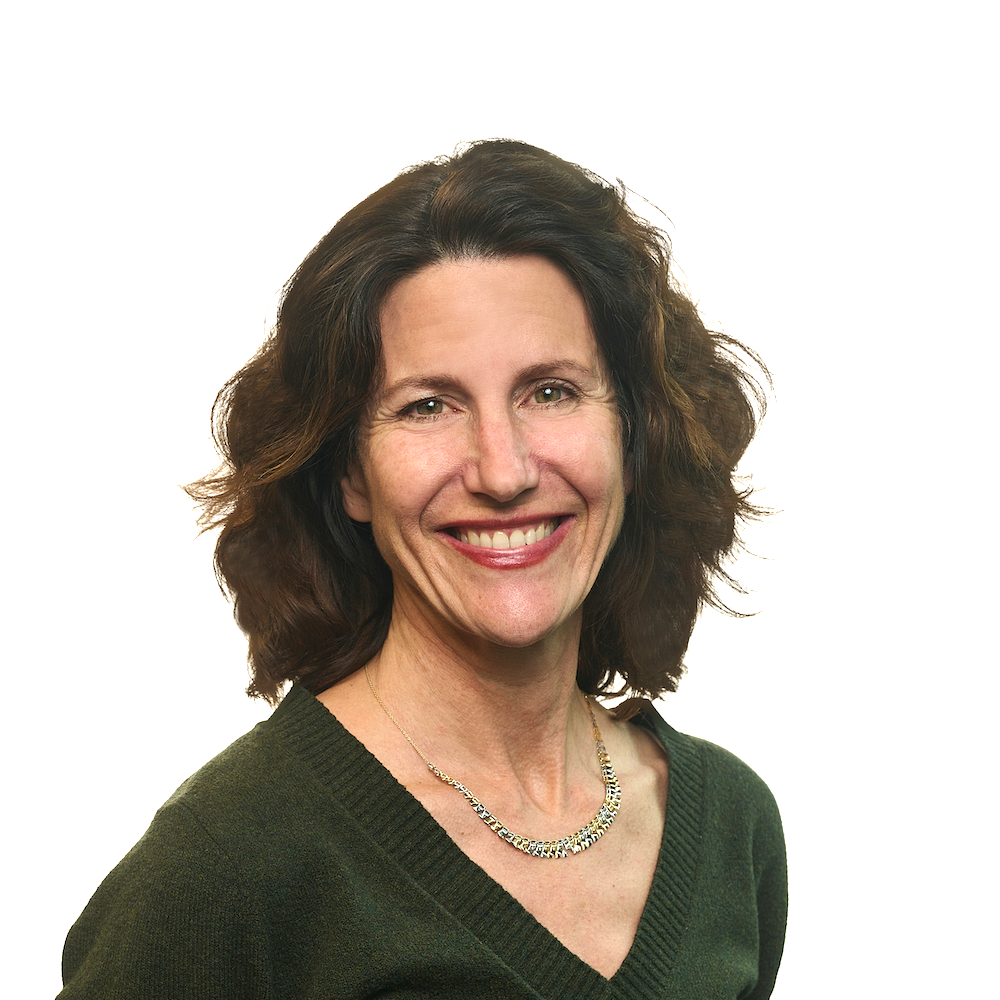This year, blended finance entered the mainstream. It was a theme in global conferences (e.g., UNGA week, World Bank meetings), made news headlines, and found its way into international development policy and strategies worldwide (e.g., Canada’s new budget, the European Commission’s initial €800 million allocation to guarantees for blended finance).
And yes, some of the talk became hyperbolic, as is always the case with a new term. But behind the buzz is serious momentum: the blended finance field has seen significant growth. Based on Convergence’s data, blended finance has mobilized over $126 billion in capital towards sustainable development in developing countries, mostly in the last five years.
Taking stock
We’ve had a front row seat to this growth. In less than two years, Convergence’s curated platform hosted transactions seeking, in aggregate, several billions of dollars of funding, out of which $950 million worth of blended deals went on to financial close. These transactions represent projects and initiatives that touch on nearly all the Sustainable Development Goals (SDGs) and target over 90 countries, with the majority of deals focused on Sub-Saharan Africa (33%).
In less than three years, our Design Funding program, funded by Global Affairs Canada, has catalyzed over $300 million of investment into our grantees’ blended finance structures. This year alone, we’ve received over 200 pitches and 50 formal applications for Design Funding.
Blended finance is a practice in collaboration. That’s why this year we hosted 10 packed member events and five oversubscribed knowledge exchanges (e.g., OECD, Sida), meeting our members where they are, from Nairobi to San Francisco.
Finally, this year we also generated more data and intelligence than ever before. From our Data Insights page, where members can quickly filter and analyze over 2,500 financial commitments made to over 300 blended transactions, to our reports, case studies, and data briefs that provide detailed and original analysis on everything you would want to know about blended finance. Read our keystone report, the State of Blended Finance 2018, for insight on blended finance deal, investor, and ecosystem trends from the last year.
At Convergence, our objective is to steer the right blend of capital into transactions that bring us closer to achieving the SDGs, so these numbers are heartening. It signals to us that there’s a real appetite for the work that we’re doing every day to build the blended finance community, evidence base, and market.
Looking forward
In the past couple of years, this field has transitioned from fragmented activity to one where major institutions have issued principles for the use of blended finance. Looking forward, it’s time for a blended finance vision, a set of commonly held ambitions for the field. What targets should we all work toward, and how do we hold ourselves accountable for delivering on those goals? Establishing this common vision is the north star that will guide us next year and we hope you will join us on the journey.

